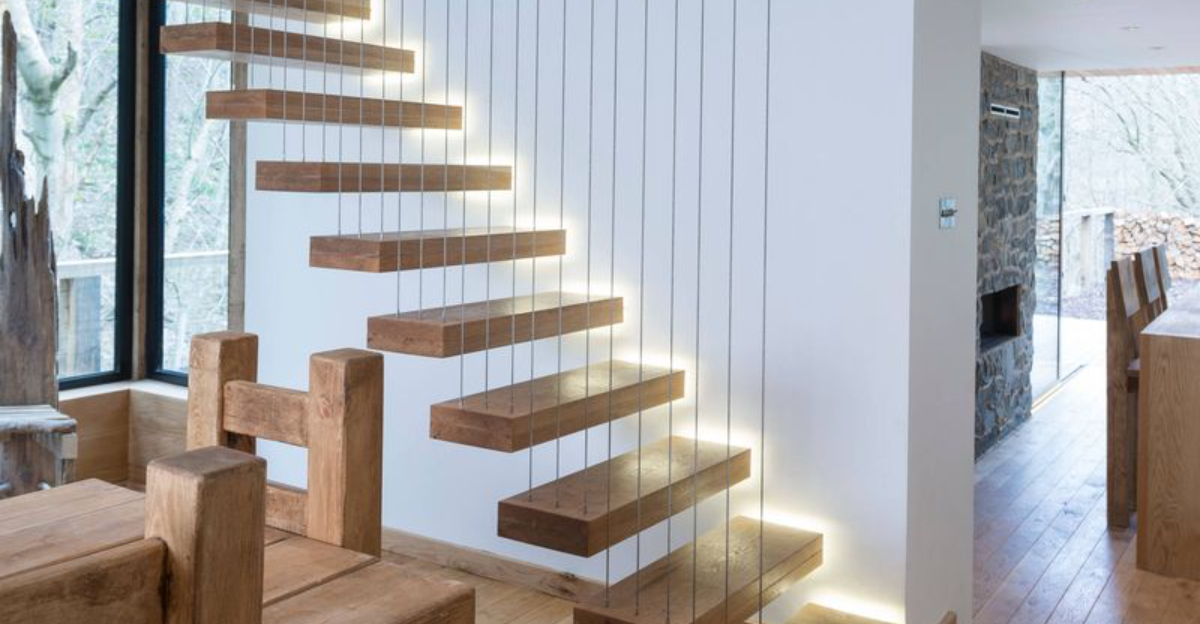We’ve all been there – scrolling through stunning design photos online, only to realize some trends just don’t translate to everyday living.
Some trends shine off-camera, others flop hard IRL. We’re breaking down what works and what’ll make you look like a fashion fever dream.
What looks perfect in a carefully staged photoshoot might feel awkward or impractical in your actual home. Today, we’re separating the genuinely gorgeous from the painfully misguided with a reality check on current design trends.
1. Painted Ceilings in Soft Tones
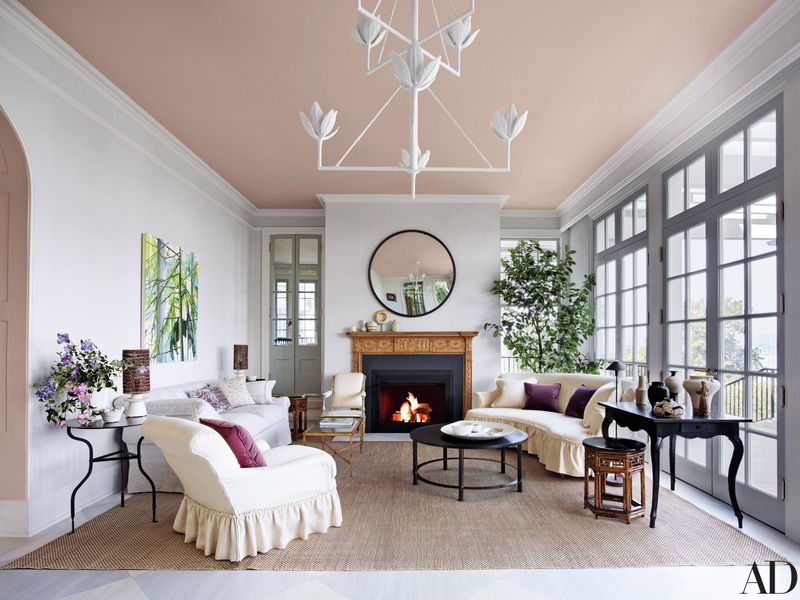
Color-drenched ceilings transform ordinary rooms into cozy sanctuaries without overwhelming the space. Soft blues mimic the sky, while blush pinks cast a flattering glow on everyone beneath them.
The ceiling, often forgotten as the “fifth wall,” becomes a subtle focal point while making rooms feel intentionally designed rather than hastily finished. Even rental-friendly, as they’re easy to paint over later!
2. Chunky Knit Throws and Oversized Boucle
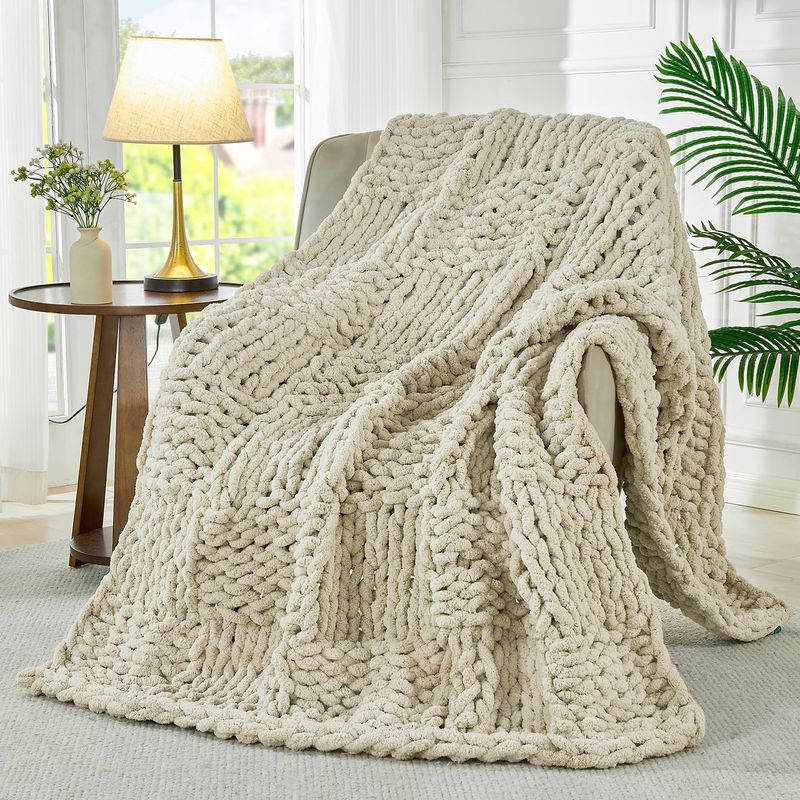
Massive knits bring immediate tactile comfort to any space. Unlike their Instagram counterparts, quality versions don’t shed or pill after a single movie night.
The secret lies in choosing pieces with natural fiber blends – they maintain their structure while still offering that cloud-like appeal everyone craves. Draped casually over a sofa arm or bed corner, they add instant dimension without trying too hard.
3. Fluted Wood Accents
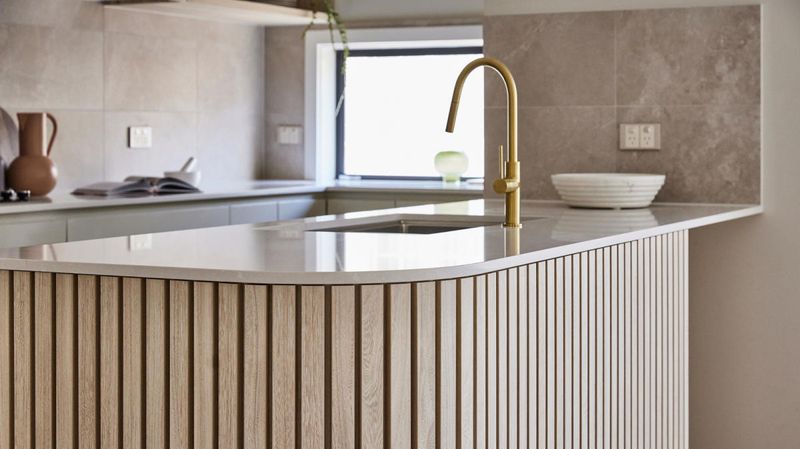
Vertical ribbing brings subtle movement to otherwise flat surfaces. Cabinet fronts, island panels, and even headboards gain architectural interest without screaming for attention.
Unlike many trends that feel instantly dated, fluted details connect to classical architecture while feeling distinctly fresh in modern contexts.
4. Earth-Tone Wall Color Pairings
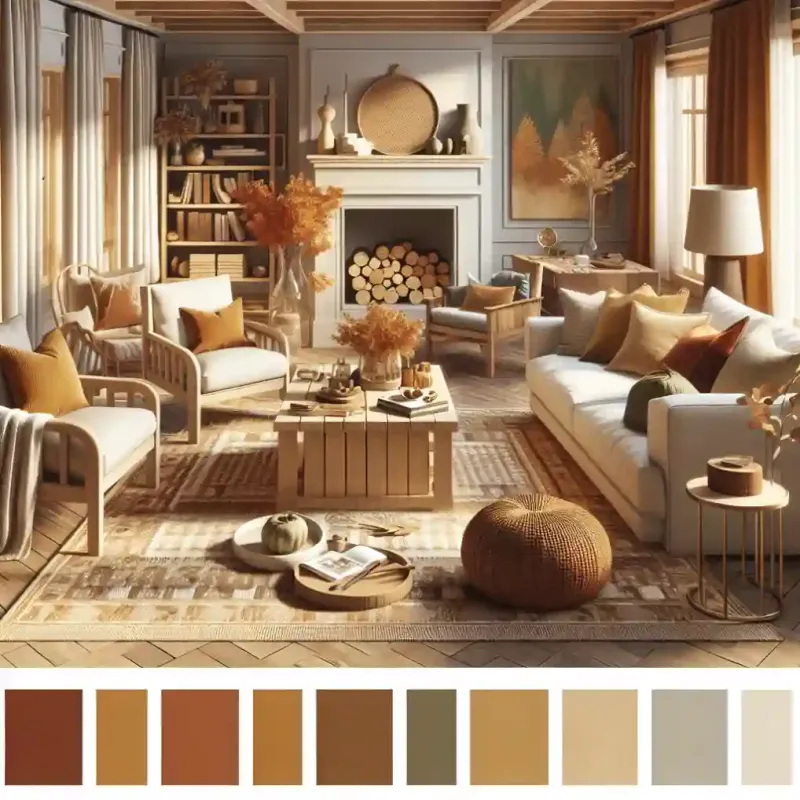
Farewell, stark white boxes. Clay-inspired hues create backdrops that feel grounded rather than antiseptic. Ochres, terracottas, and olive greens connect indoor spaces to the natural world outside.
The magic happens when these colors are layered together in adjoining spaces – a warm sand living room flowing into a deeper rust dining area. They photograph honestly too, unlike tricky blues and greens that often appear different in real homes.
5. Lamps on Kitchen Counters
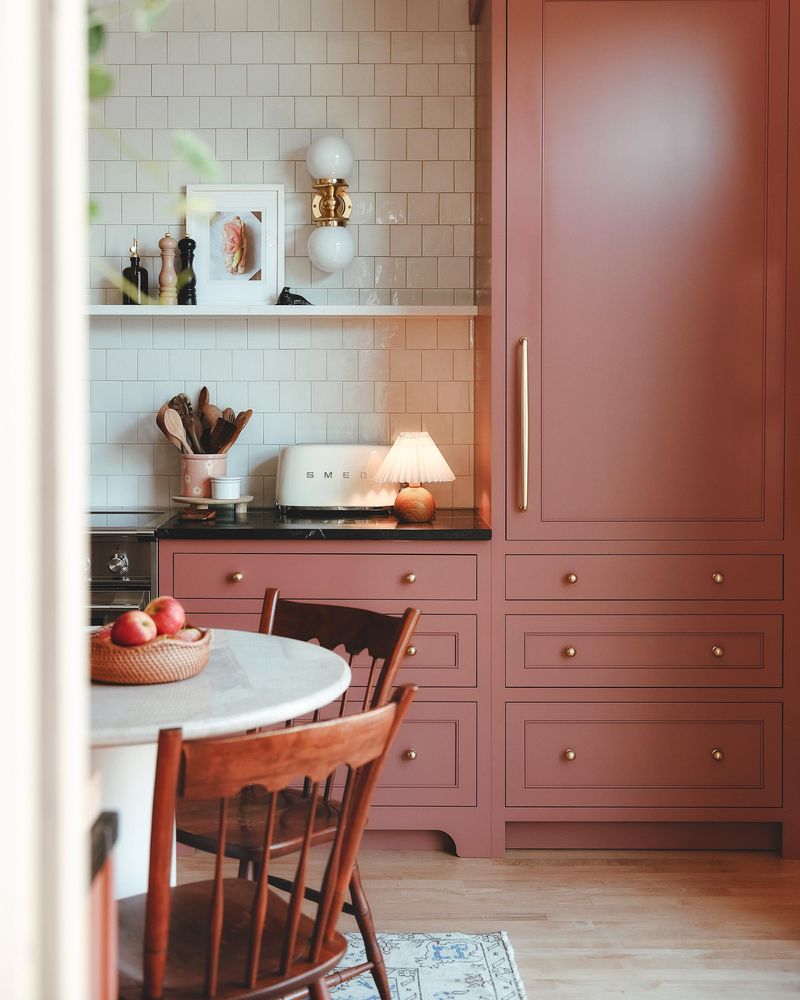
Portable lighting transforms utilitarian kitchens into evening gathering spots. A small table lamp beside coffee supplies creates morning ritual zones without permanent electrical work.
Beyond function, these unexpected light sources bring sculpture-like presence to countertops that typically host only appliances.
The soft, diffused glow softens harsh overhead lighting, making midnight snack runs feel intentional rather than clinical under blinding ceiling fixtures.
6. Statement Sinks That Tell Stories
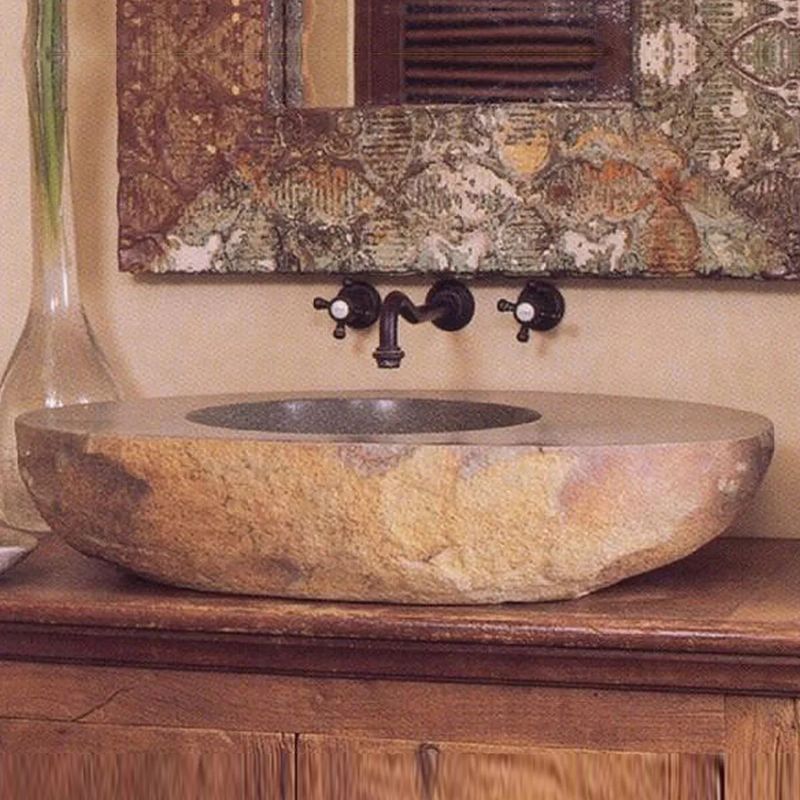
Forgotten antique vessels and stone troughs reborn as bathroom centerpieces bring instant character no builder-grade basin could match. Weathered patinas showcase authenticity impossible to manufacture.
Visitors inevitably ask about their origins, turning functional necessities into conversation pieces. The key lies in contrasting these characterful elements against clean, simple surroundings – letting them be the undisputed star rather than competing with equally bold fixtures.
7. Mismatched Dining Chairs That Still Harmonize

Collected-over-time seating arrangements feel infinitely more personal than matched sets. The trick lies in maintaining one consistent element – similar heights, complementary wood tones, or a unified color story.
Beyond aesthetics, these diverse seats accommodate different body types and postures naturally. Someone always prefers armrests, while others need back support. Bonus: expanding your table for unexpected guests becomes stress-free when any chair in the house coordinates.
8. Arched Doorways and Built-in Niches
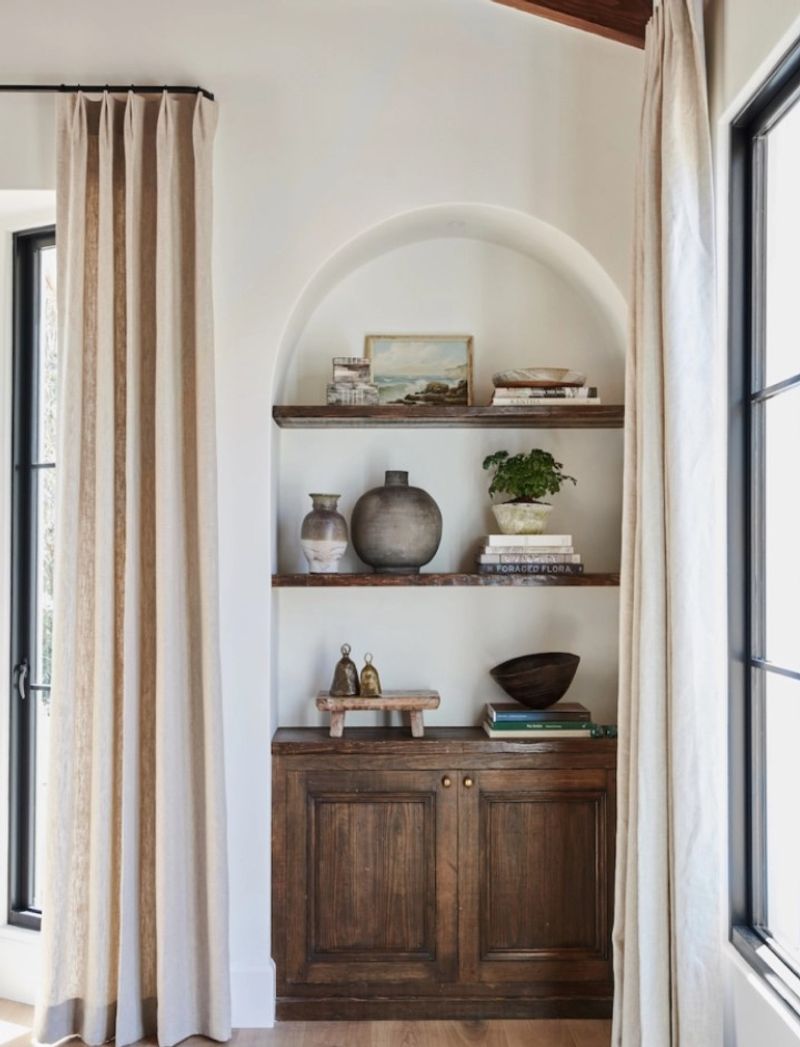
Gentle curves interrupt the tyranny of straight lines and right angles dominating modern construction. Even in new builds, these architectural details reference historical designs while remaining thoroughly contemporary.
Niches carved within walls create display opportunities without sacrificing floor space – perfect for small homes where every square inch matters.
9. Ultra-Glossy Lacquered Walls
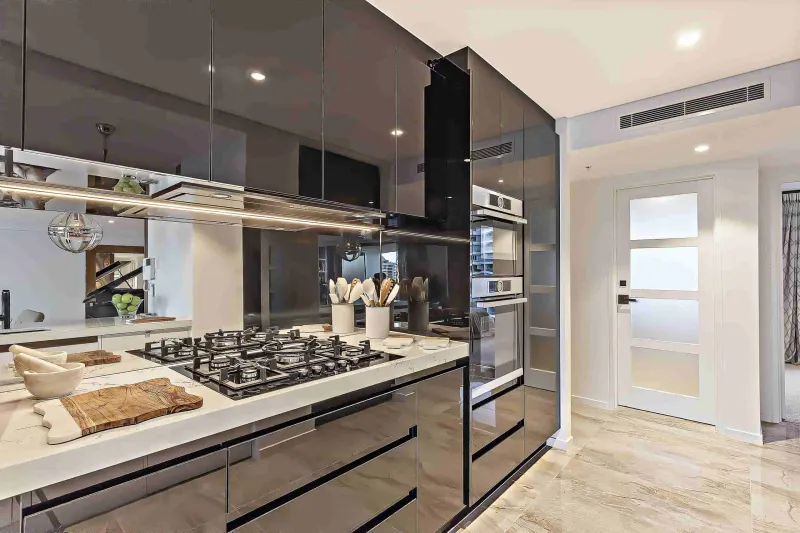
Seductive in magazines, nightmarish in reality. Every fingerprint, dust particle, and surface imperfection becomes glaringly obvious under that mirror-like finish. Preparation requires professional-level wall smoothing few contractors actually achieve.
The reflective qualities that photograph so dramatically create disorienting glare in daily life. Maintenance becomes a full-time occupation – a single scuff requires entire wall repainting. The glamour fades quickly, leaving homeowners with expensive regrets and constant cleaning.
10. Open Shelving in High-Traffic Kitchens
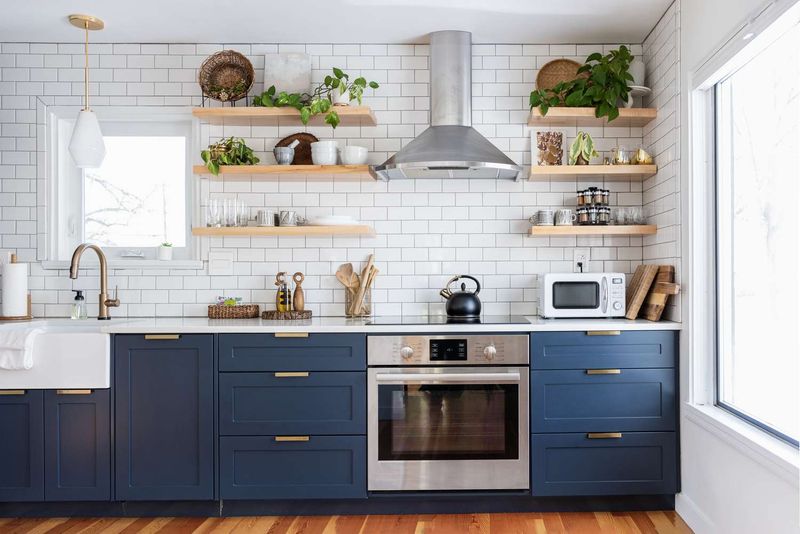
Instagram-worthy when styled for photoshoots, decidedly less charming six months into real life. Grease particles settle invisibly until suddenly everything requires washing. Everyday items never look as curated as design photos suggest.
The constant visual exposure creates pressure to maintain perfect dish alignment. For occasional cooks with minimal supplies, perhaps workable. For families cooking daily with diverse equipment? Prepare for either constant reorganizing or embracing permanent visual chaos.
11. All-White Furniture With Young Children
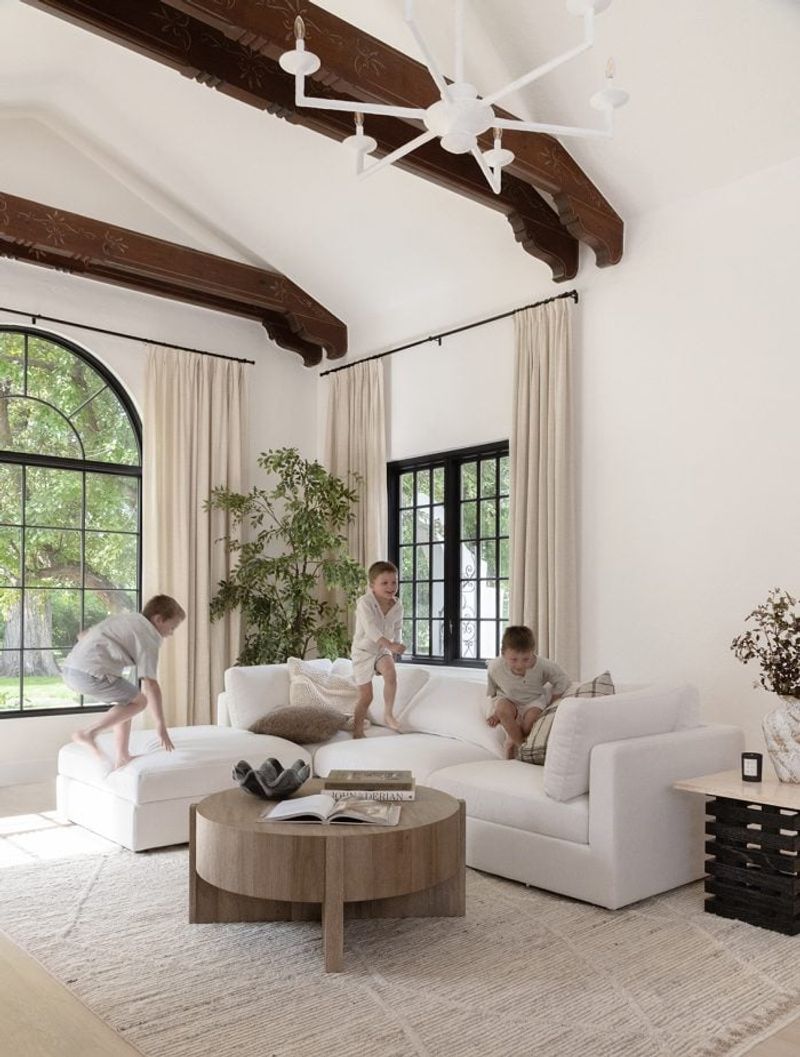
Performance fabrics promise stain resistance, but reality proves harsher than marketing claims. Even with immediate cleaning, cumulative wear appears as subtle discoloration impossible to reverse.
The pristine showroom aesthetic transforms into a stress-inducing reminder of impracticality within weeks. White accent pieces? Lovely. White primary seating? A commitment to perpetual anxiety.
12. Floating Stairs Without Railings
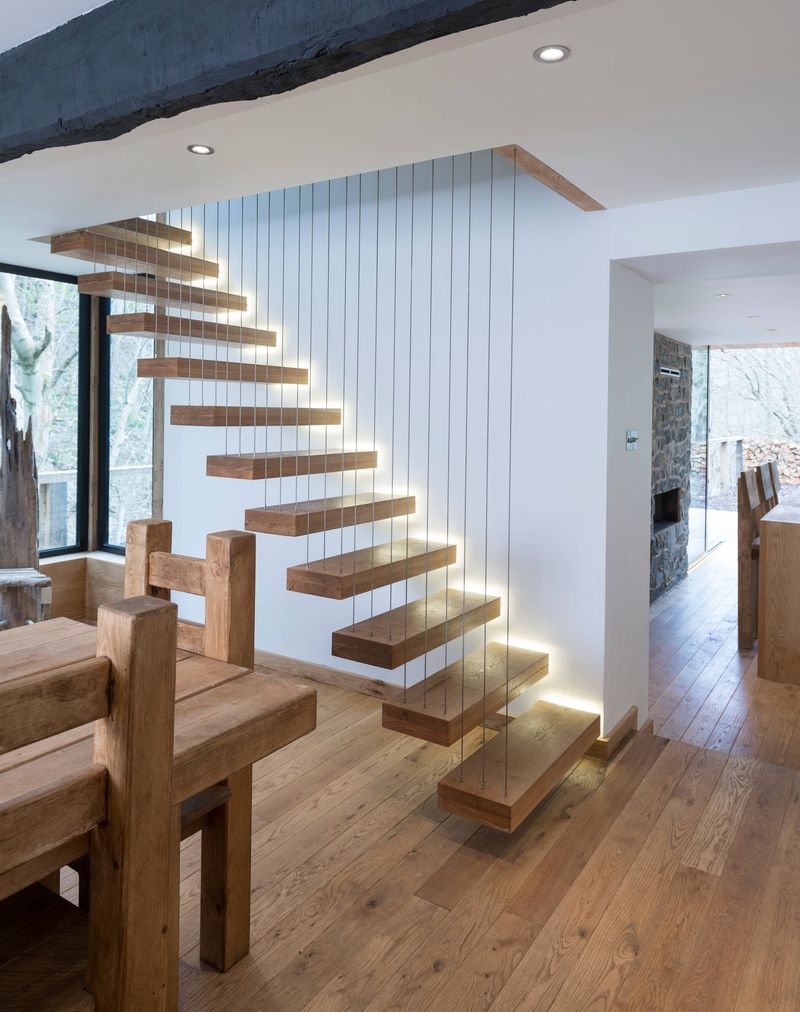
Architectural photographers capture these minimalist marvels from perfect angles. Daily navigation proves treacherous for everyone – especially after a single glass of wine or middle-of-night bathroom trips.
The brutal reality? Even when permitted, home insurance premiums often skyrocket. The sleek aesthetic rarely justifies the constant unease of potential missteps.
13. Barn Doors for Bathrooms
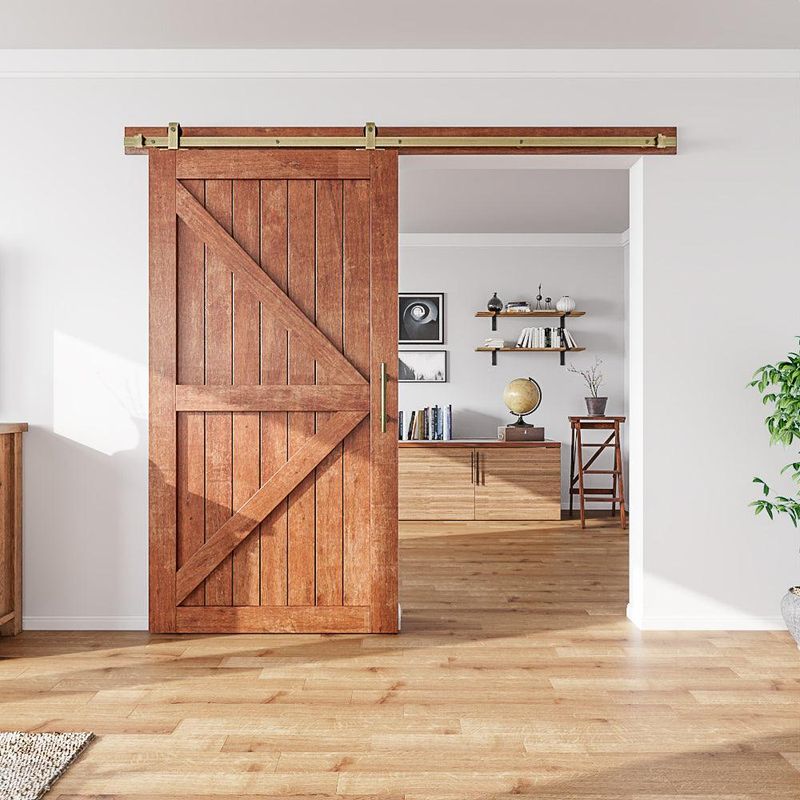
Suspended on exposed hardware, these sliding solutions promise space-saving charm. The disappointing reality? Complete lack of sound isolation and privacy gaps along edges that never fully seal.
The rolling mechanism inevitably develops wobbles or sticking points requiring adjustment. Solid versions weigh enough to damage drywall over time, while lightweight alternatives feel flimsy.
What began as rustic character quickly transforms into functional frustration for both users and unfortunate witnesses.
14. Waterfall Countertop Edges
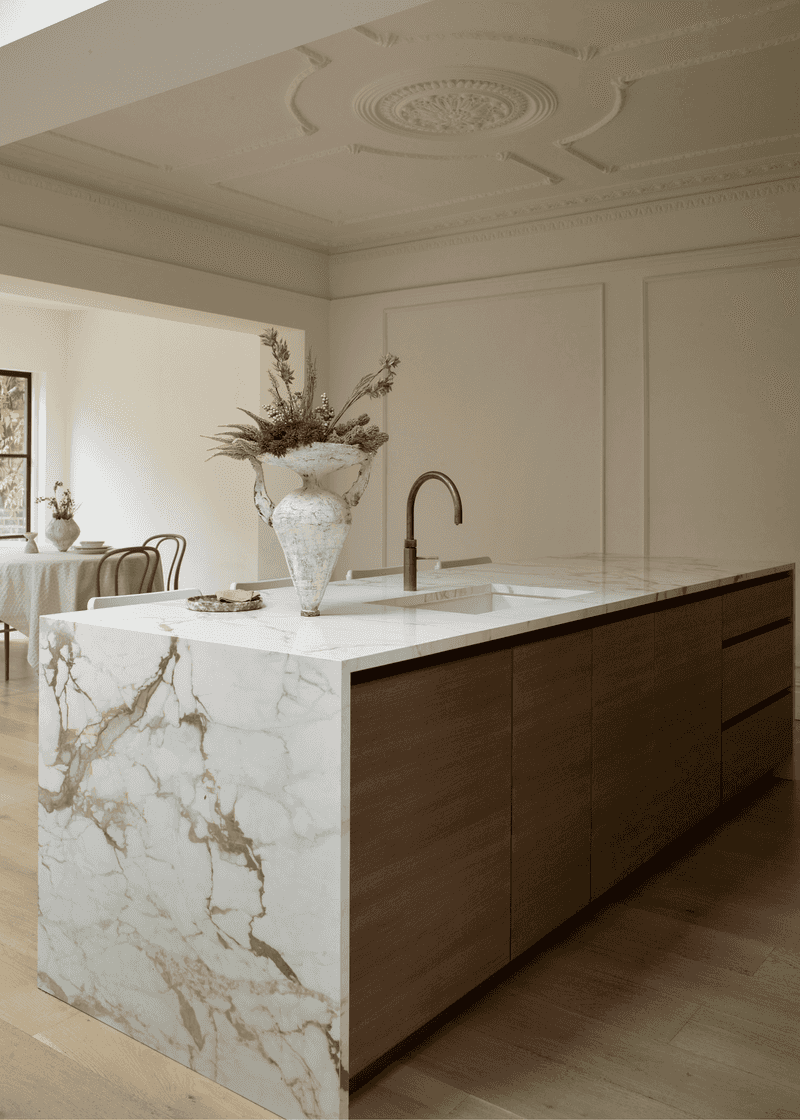
Marble cascading dramatically down cabinet sides creates undeniable visual impact. The practical downside? These vertical surfaces become prime territory for knee bruises and hip bumps in tight kitchens.
The expense multiplies rapidly – that dramatic edge requires premium stone with continuous veining and expert fabrication. When budget constraints force material compromises, seams become painfully obvious. Five years later, the dated look screams “2020s renovation” as loudly as 1980s glass blocks.
15. Vessel Sinks in Primary Bathrooms
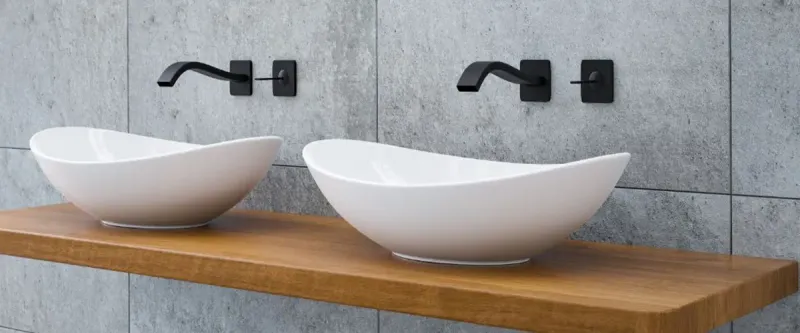
Elevated bowls perched atop counters create immediate splashing zones. Water inevitably pools around bases, seeping into seams and creating perfect conditions for mildew growth.
The unusable counter space surrounding these decorative bowls collects toiletries with nowhere else to go. Form thoroughly defeats function in this persistent trend that refuses to acknowledge human height variations.
16. Fully Tiled Tiny Bathrooms
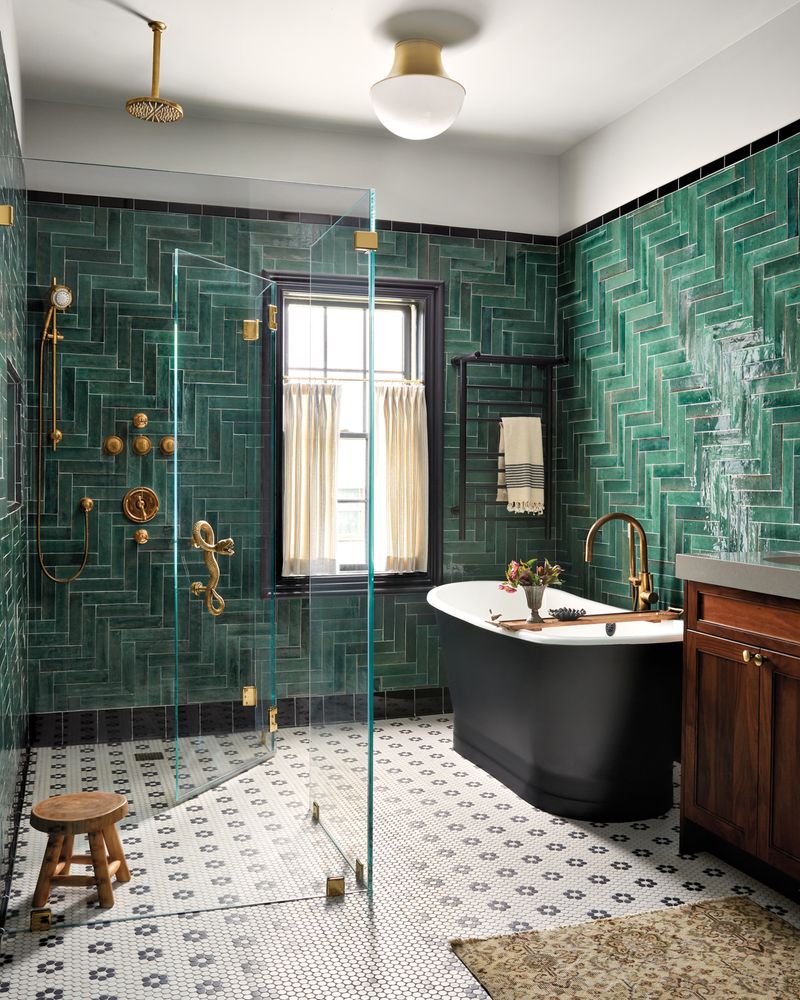
Wrapping every surface in continuous tile transforms utilitarian spaces into jewel boxes. Small bathrooms suddenly feel intentional rather than apologetic when a single material unifies walls, floors and sometimes ceilings.
Color choice becomes crucial – deep emeralds and rich terracottas create cocoon-like retreats, while handmade zellige tiles with subtle variations prevent sterile uniformity. The practical bonus? Easier cleaning with no transitions between materials to trap moisture or develop mold.

